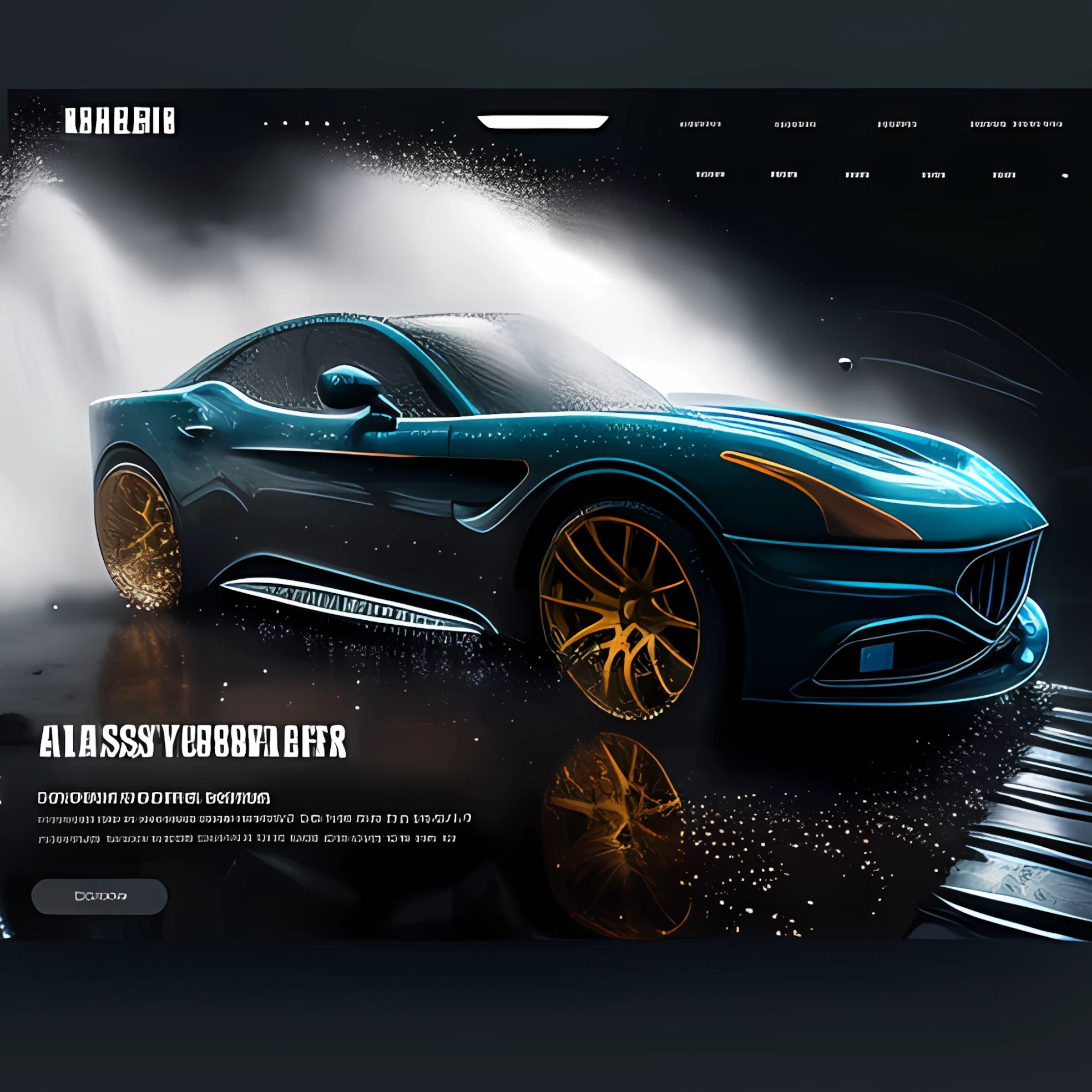Most dealerships assume their Vehicle Detail Pages (VDPs) are doing the heavy lifting in search. After all, every car has a page, every page has a VIN, and every page technically “exists” in Google’s index.
But here’s the truth:
VDPs do NOT rank for most high-intent, long-tail automotive searches and this is costing dealerships real traffic, real leads, and real sales.
If you’ve ever wondered why sites like Cars.com, CarGurus, AutoTrader, and Edmunds almost always outrank dealership websites for vehicle-specific queries, continue reading ....
Frequently Asked Questions
Because VIN-based pages aren’t built to target keywords. They’re not optimized for real search intent. VDPs disappear when the vehicle sells, they rarely contain descriptive content, they use generic templates, and they rarely match the wording used by buyers on Google.
Dealerships miss thousands of monthly searches such as:
- “Used Tahoe under 25k near me”
- “Best trucks under 20k”
- “Black F-150 4x4 for sale”
- “SUV with 3rd row under $15k”
These convert extremely well—but VDPs rarely appear for them.
Because Google does not prioritize VIN-specific pages for broad or long-tail searches. A page titled “2022 Ford F-150 VIN #1234ABCD” doesn’t match the way real humans search. Google prefers pages that match user language and search intent.
Because marketplace sites have:
- Massive supporting content
- Thousands of internal links
- Stronger domain authority
- Better structured data
- Dynamic filters and search pages that match real search terms
Dealerships rely on template pages. Marketplaces rely on content and intent.
Yes—but only for hyper-specific searches like VIN lookups or exact-match year/make/model queries. Outside of that, VDPs rarely dominate search.
You lose the indexed page, you lose the traffic, and you lose all the ranking signals that page built. Multiply this by hundreds of sold vehicles, and you never accumulate SEO momentum.
Dealerships should create:
- Model landing pages (F-150, Silverado, Civic, etc.)
- Trim and package pages
- Price-based pages (“trucks under $20,000”)
- Feature pages (“3rd-row SUVs,” “best towing trucks”)
- Comparison pages (“Civic vs Corolla”)
- Buyer-intent landing pages (“best used SUVs under 15k in Nebraska”)
These pages capture search intent that VDPs never will.
No.
Inventory feeds create cookie-cutter pages with:
- Generic titles
- Thin descriptions
- Duplicate content
- Missing schema
- No supporting text
Google has no reason to rank these pages over marketplace giants.
If your landing pages load slowly, lack content, or don’t match search intent, your PPC campaigns suffer. Poor landing page experience equals:
- Higher CPCs
- Lower quality scores
- Lower conversion rates
- Lower return on ad spend
Strong pages can reduce PPC costs significantly.
Start by identifying which search terms you don’t rank for.
Then build content-rich pages that align with:
- How buyers search
- What buyers compare
- What buyers filter by
- Price ranges
- Features
- Packages
- Trims
Dealerships that do this dominate search—because very few are doing it today.
No. They vary based on:
- Market competition
- Inventory type
- Geography
- Marketplace dominance
- Your existing site structure
But EVERY dealership has them.
Depending on market size, it can mean hundreds to thousands of new monthly visitors—traffic that converts at the highest rate because these are late-stage buyers.
Yes.
Used vehicle searches are more specific and long-tail (color, trim, price), while new-vehicle searches are more comparison and feature-driven. Both require different content approaches.
No.
Most fixes involve:
- Writing better landing page content
- Adding supporting pages
- Improving site speed
- Using proper schema
- Restructuring how inventory is presented
No new website needed—just smarter content.
If buyers never find your dealership in search—because you’re being outranked by marketplace sites—the result is simple:
Less traffic → fewer leads → fewer sales.
Fixing keyword gaps solves this.



Comments
Log in to add a comment.